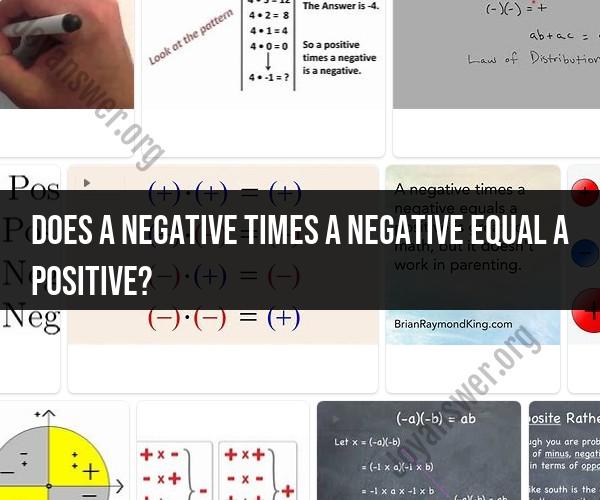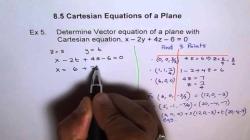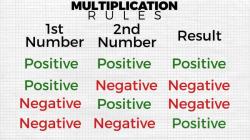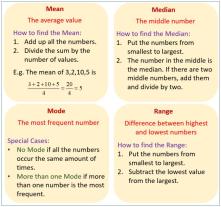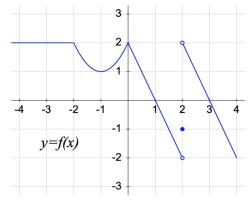Does a negative times a negative equal a positive?
The rule "negative times negative equals positive" is a fundamental concept in arithmetic and algebra, specifically in the multiplication of real numbers. It's one of the rules that governs the behavior of numbers, and it can be explained using both practical examples and algebraic reasoning.
Rule: Negative Times Negative Equals Positive
When you multiply two negative numbers together, the result is a positive number. This rule applies to real numbers and is consistent with the way multiplication works in mathematics.
Practical Explanation:
Consider a scenario involving debt and payments. Let's say you owe a friend $10, and you owe another friend $5. If both debts are considered negative amounts, then the total amount of debt you owe is:
(-$10) + (-$5) = -$15
Now, let's say you receive a payment of $5 from someone. This payment is a positive amount. When you use the payment to reduce your overall debt, the calculation would look like this:
-$15 + $5 = -$10
In this scenario, the negative debt is reduced by a positive payment, resulting in a decrease in debt. This is consistent with the rule that "negative times negative equals positive."
Algebraic Explanation:
Mathematically, the rule can be understood using algebraic manipulation. Let's consider the product of two negative numbers, -a and -b:
(-a) * (-b)
Using the distributive property of multiplication, this can be rewritten as:
-a * (-b) = -(a * b)
Since the product of a and b is a positive value (since both a and b are negative), the negative sign outside the parentheses results in a positive product: -(a * b) = -(-ab) = ab.
This algebraic reasoning confirms that the product of two negative numbers is indeed a positive number.
In summary, the rule "negative times negative equals positive" is a foundational concept in mathematics that holds true for the multiplication of real numbers. It has practical applications and can be explained using both real-world examples and algebraic manipulation.
